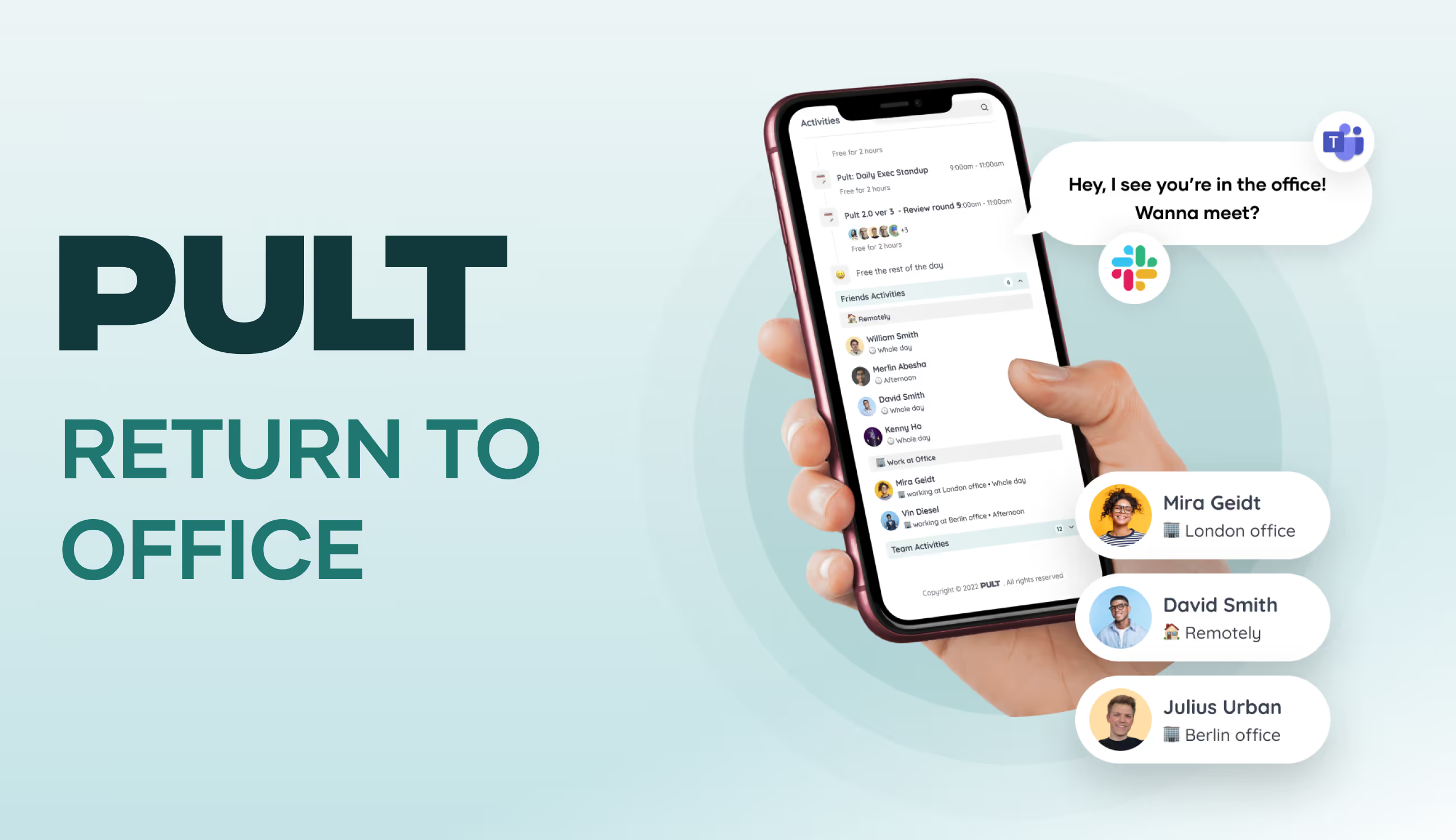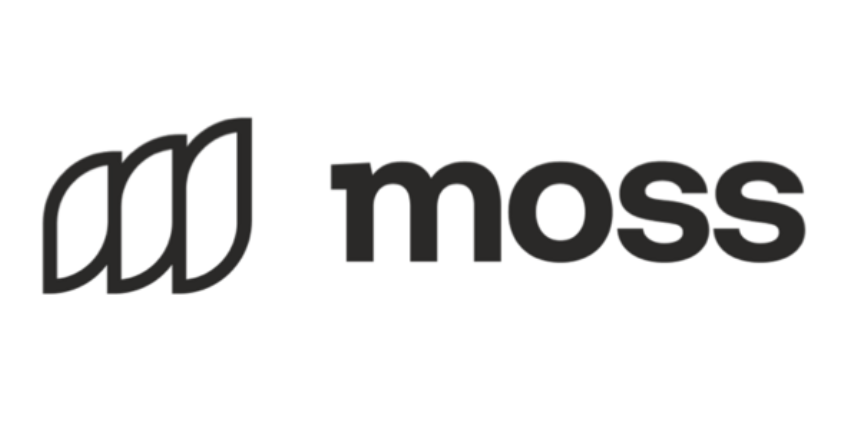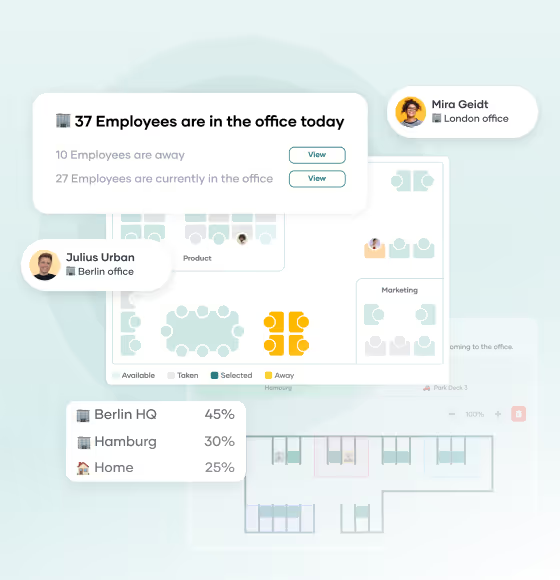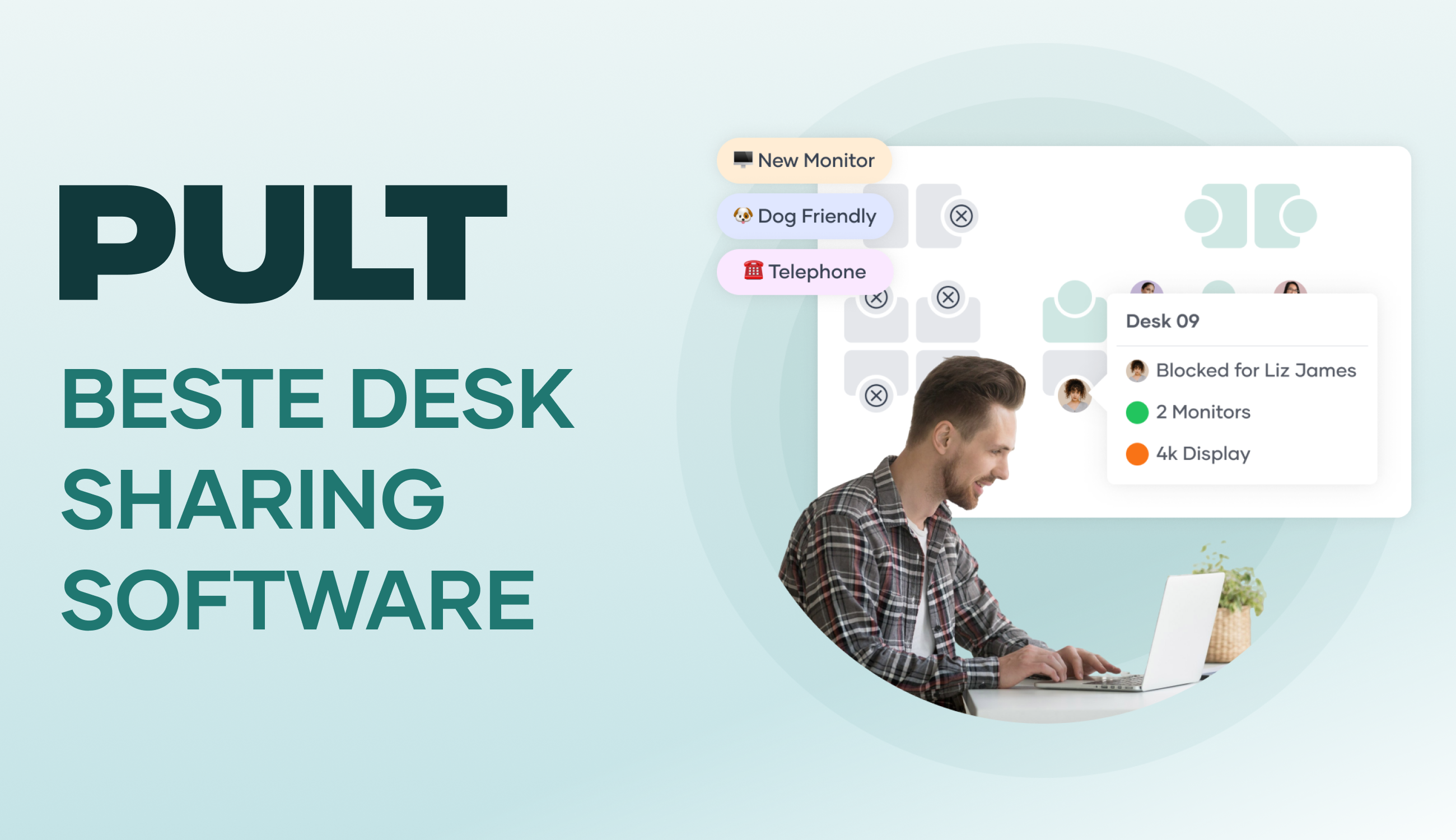Return to Office 2026: Studies & Successful Measures

Return to Office: TL;DR
- According to return to office surveys, a mandatory return to the office leads to declining satisfaction and has a negative impact on productivity.
- If you introduce a mandatory return-to-office policy, you risk increased turnover, especially among women, high performers, and millennials.
- The attractiveness of the office is the biggest lever for employees to voluntarily return to the office to enjoy its benefits.
What does “return to office” (RTO) mean?
Return to office (RTO) describes the return to the office after periods of high remote or home office work. The term has become established especially in the aftermath of the COVID-19 pandemic. Return to office can be organized voluntarily or mandatorily by the employer.
Distinction: Return to office vs. office first vs. hybrid work
- Remote work: Working outside the office, either permanently or on certain days.
- Hybrid work: A combination of office and home work, often with fixed team rules (e.g., two to three days in the office, the rest at home).
- Office-first vs. remote-first: Basic attitude toward the place of work, either the office as the main place of work or the home office.
- Return to office policy: binding requirement from the employer, for example, at least three days per week in the office.
- Incentive-based return to office: offering attractive office space, team days, zones in the office for teamwork and desk sharing, so that office presence is perceived as added value.
The importance of returning to the office
The idea behind returning to the office is to strengthen collaboration, belonging, corporate culture, and innovation in the workplace.
However, if you roll out a return to the office as a compulsory measure, you risk dissatisfying parts of your workforce or causing them to look for new opportunities.
If, instead, you establish hybrid working models and make your office more attractive through desk sharing, quiet zones for silent and concentrated work, meeting areas, and zones for collaboration, you increase the likelihood that your employees will voluntarily be present in the office and enjoy its benefits.
Evaluate presence: PULT Presence
With PULT Presence, workplace check-in happens automatically as soon as employees connect their device to the company Wi-Fi.
✔ Uses existing infrastructure
✔ Real-time utilization & transparent attendance
✔ No additional hardware, no clicks, no effort
✔ Fully GDPR compliant
PULT Presence
Do return-to-office mandates really work?
Several recent studies show that forcing employees to return to the office with back to office mandates does not increase productivity. Instead, satisfaction declines and loyalty to the employer weakens.
- A study by the University of Pittsburgh analyzed over 100 publicly traded companies that have introduced a mandatory return to the office. The result: no measurable performance gains, but a decline in employee satisfaction.
- Another study based on over three million LinkedIn profiles shows that employee turnover increases significantly after the introduction of return-to-office policies. Women, high performers, and younger generations are particularly affected.
- At the same time, the time-to-hire (the time it takes to fill a position) increases. The rate of successful hires declines.
- Studies from the US and Europe confirm that the motivation to come to the office voluntarily is strongly related to the design of the workplace and clear communication, but not to coercion.
If you want to introduce a mandatory return-to-office policy, you cannot expect performance to increase. On the contrary, you risk valuable members of your workforce becoming dissatisfied and/or leaving.
If you want employees to come to the office more often and enjoy doing so, you can achieve this by creating an attractive workplace that entices your employees with offers that working from home cannot provide.
How can I get employees to return to the office voluntarily?
The return to office concept works best when the working conditions in the office are attractive. The higher the quality of the working environment, the greater the incentive to return regularly. Your office should offer advantages that your employees do not experience when working from home.
1. Room concepts and zoning
- Multispace principle: Plan differently designed zones for concentrated work, collaboration, exchange, and relaxation.
- Retreat zones: Acoustically shielded workstations with partition walls, textile surfaces, and plants reduce noise levels. In an office that has been calmed in this way, people have been shown to concentrate better and for longer.
- Team zones: Rollable furniture makes office spaces and specially designed zones convertible. Tables, seating, whiteboards, and partitions can be moved together as needed so that this furniture suits the respective project work.
- Phone booths and small meeting rooms: These rooms reduce noise in open-plan offices and prevent phone calls or video conferences from disturbing the rest of the team.
2. Acoustics and quiet
Sound absorbers, ceiling panels, and partitions reduce reverberation and background noise.
Greenery in the form of plants or green partitions improves acoustics, indoor climate, and atmosphere.
You should keep areas for quiet work clearly separated from areas for discussion and teamwork. This clear zoning also makes it easy for your employees to find the right area for the task at hand.
Tip: In PULT, you can divide the office into zones and define their respective purposes.
3. Light and climate
Natural daylight is an important factor for people's personal well-being. Therefore, position workstations close to windows and use glass walls when room dividers are necessary to draw light deep into the space.
In Germany, artificial lighting must reach at least 500 lux at the workplace and be dimmable. Lights with a neutral white spectrum, i.e., from 4,000 to 5,000 Kelvin, have a positive effect on alertness and concentration.
Also consider the indoor climate: modern ventilation systems, CO₂ monitoring, and a temperature between 70 and 73 degrees Fahrenheit create better working conditions.
4. Relaxation and breaks
Lounges with sofas and armchairs offer your employees physical relaxation during the working day. They are a welcome and popular alternative to office chairs, at least temporarily, during calls or breaks. With laptop stands provided, your employees can also continue to work in a focused manner while sitting in the armchairs.
A well-equipped kitchen with a refrigerator, microwave, kettle, coffee, tea, and water stations enhances the office and break times.
Snacks and drinks, as well as a canteen, increase the quality of the stay and offer an advantage over working from home, where your employees have to take care of every meal themselves.
Tip: Fresh fruits as a supposed benefit in job advertisements has long since become a negatively connotated internet meme.
On the other hand, high-quality and comfortably furnished break areas, a constantly available supply of drinks and snacks, or even a canteen can boost return to office morale. These advantages can be effectively communicated to applicants.
5. Technology for switching between working from home and the office
If you want your employees to enjoy using your office, you should equip it with the technology needed to ensure that switching between home office, office, zones, and meeting rooms works smoothly. This also ensures that your employees can easily switch between the different zones.
- Storage space for personal items: Lockers or cubicles are practical and convenient when many employees frequently switch between the office and home office. Jackets, backpacks, or bike helmets can be safely stored in them.
- Personal work equipment such as mice, keyboards, headsets, or noise-canceling headphones can be stored in lockable compartments. This means that these items do not have to be transported every time.
- Every workstation should be equipped with docking stations or monitor adapters. Your employees can then easily connect their laptops to the existing monitors and immediately have a large setup.
- Meeting rooms: Equip your meeting rooms with high-quality conference technology (microphones, cameras, large displays). Make sure that all participants—whether in the room or remote—are equally involved.
- Sensors and monitoring: Sensors for room occupancy, air quality, and temperature provide valuable data. You can see when rooms are heavily used, whether air quality is deteriorating, or whether the temperature needs to be adjusted. This data helps you to continuously optimize space, as you can see actual demand and act accordingly.
- Desk booking software: With a booking app, employees can reserve workspaces, zones, and meeting rooms in advance. This ensures that your employees have fair access to the available space resources.

Make returning to the office easier with desk booking
Returning to the office works best when office space is used in a way that offers real advantages over working from home. Desk sharing can save up to 30% of the office space that was previously occupied by permanently assigned individual workstations.
You can convert this space into zones for collaboration, project work, and breaks. Surveys show that these areas are in greater demand than traditional individual workstations. This creates an office that is attractive, offers variety, and makes it worthwhile to be there.
For this to work in everyday working life, you need a platform that makes space allocation and booking easy. With seat booking in PULT, your employees can ensure that the room, zone, or desk is free and available at the right time.
- Workplace booking: Reserve desks with a click, integrated into Slack and MS Teams.
- Room booking: Use meeting rooms without conflicts, including equipment such as whiteboards, displays, and catering.
- Weekly planner: Overview of who is in the office and when. This allows you to schedule team days sensibly.
- Office insights: Data on utilization to read out office utilization.
- Parking spaces & visitor management: Easily reserve parking spaces and welcome guests.
{{cta}}
How does returning to the office affect corporate culture?
Returning to the office can strengthen corporate culture by promoting more personal encounters, faster coordination, and a stronger sense of unity. However, for this effect to occur, you must ensure that the office offers real advantages over working from home and that your employees return voluntarily rather than under duress.
What role do break and social areas play in returning to the office?
Break and social areas play a key role in determining whether employees enjoy returning to the office. Well-designed lounges, kitchenettes, and quiet areas make the office a place that offers relaxation and interaction in addition to work.
What mistakes should I avoid when returning to the office?
A common mistake is to control the return exclusively through mandatory regulations. It is equally problematic if space planning, acoustics, and technical equipment are not adapted to the needs of hybrid work. As long as the office does not accommodate regular changes in the workplace, many employees will continue to prefer working from home.
What data will help me make the right decisions when returning to the office?
Data on the actual use of workstations and meeting rooms is particularly valuable. It shows you which areas are in high demand and where there is potential for optimization, so you can develop your office to meet your needs.
How can PULT facilitate the introduction of desk sharing?
With PULT, you can book workspaces, rooms, and zones digitally and fairly for everyone. This means that every employee knows where they can sit at any time and which rooms and zones are available when.
How does PULT support the weekly rhythm of returning to the office?
PULT offers you a digital weekly planner that shows you who is in the office and when. This allows you to better coordinate team days, avoid unnecessary vacancies, and positively influence collaboration in the office.
A new hybrid workplace experience is coming. Start Now. 🎉





















.avif)





